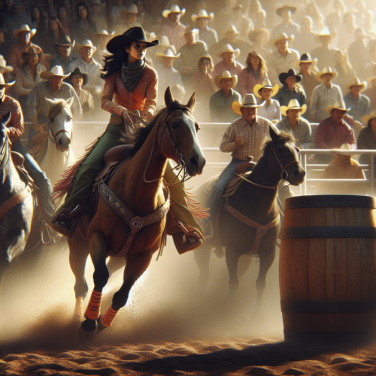Evolution of the Game: Significant Changes in Hockey Over the Years
The game of hockey is as old as frozen ponds; its history stretching back, according to some histories, more than a millennium to the frozen wetlands of Ireland or even Egypt’s sandy spots. However, through the years, the game has evolved significantly to become one of the most popular sports worldwide.
One of the first major shifts in hockey came about with the introduction of organized leagues at the end of the 19th century. Canadian cities like Montreal and Ottawa were hotbeds for the sport, and the formation of leagues standardized the game rules, paving the way for formal competition. For example, the number of players allowed on ice was limited to six per team, forward passing was allowed, and regular uniform designs became the norm.
In the early years of the 20th century, coupled with advances in technology, marked changes in equipment began to surface. Perhaps most significantly was the refinement of the hockey skate. Once bulky with a straight blade, the skate was updated to a streamlined design with a curved blade, allowing players greater control in their turning and maneuvering on the ice. Helmets, too, became compulsory in the National Hockey League (NHL) by 1979, following a long bout of resistance from players and fans who believed them unnecessary.
Another significant transformation in hockey came in the form of a shift in the game's style of play. In the early years, hockey was largely a game of individual skill and artistry. But as time went on, the rentless physicality of the game began to emerge. From the 1960s onwards, body checks and brawls became more common, marking a shift toward a more team-orientated and strategic game.
Another turning point was the introduction of European players in the NHL during the 1970s. Prior to the 1970s, the NHL was dominated by Canadian players, but the influx of talent from countries like Sweden, Czechoslovakia (now the Czech Republic and Slovakia), and Russia not only increased the competition but added a new style of play. European teams tended to play a faster, more finesse-oriented game, contrasted to the often physical, grinding style of their North American counterparts.
Goalie equipment has also seen a radical change over time. In the mid-20th century, goaltender masks were introduced, a change necessitated by the growing risk of severe head injuries from speeding pucks.
Read also:
Exploring the Electrifying World of Golf Carts: Are They All Electric?
Tracing the Origins: Understanding Hockey's Rich History
Since the sport's earliest days, tracking the origin and understanding the rich history of hockey provides an interesting insight into the evolution of both the game and its cultural impacts. This journey through time reveals a gripping saga, packed with heroic performances and controversial decisions that helped shape hockey into the global sport we know and love today.
It is widely agreed upon by historians that the rudimentary forms of hockey can be traced back as far as Ancient Egypt, where drawings on the walls of tombs show people playing with curved sticks and balls. From these primitive beginnings, the sport crossed the boundaries of nations and continents, with games similar to hockey being played by the Greeks, Romans, and Aztecs. It wasn't until the middle ages that the sport began to take a form recognizable to modern fans. The Dutch game of "kolven" and a French game known as "hocquet," both of which involved hitting a ball with a stick, are regarded as immediate predecessors to the contemporary sport.
However, it was in the icy terrains of Canada in the mid-19th century that hockey as we now know it began to take shape. Codified rules were laid out, teams were formed, and proper equipment was developed. The world's first official hockey game was played in Montreal in 1875, marking a turning point in the sport's history.
Hockey's growth in the early 20th century was nothing short of meteoric, aided by the birth of professional leagues like the National Hockey Association (NHA) in 1910 and the National Hockey League (NHL) in 1917. The NHL, initially made up of just five Canadian teams, would later expand into the United States and become the highest level of professional hockey globally.
Beyond the origin of hockey, understanding its rich history includes acknowledging the sport’s progressive stages. This includes the introduction of forward passing in the NHL in 1929, a game-changing rule modification that made the game faster and more exciting. Other significant milestones include the breaking of the color barrier by Willie O'Ree in 1958, the first player of African descent to play in the NHL, and the introduction of the slapshot, which revolutionized scoring techniques.
Additionally, the technological advancements in broadcasting took the sport into homes worldwide, helping hockey to expand its fan base.




